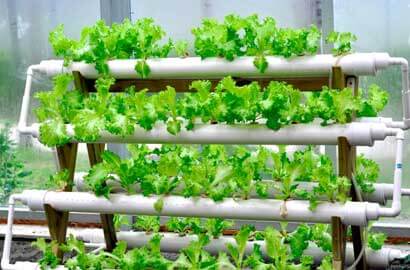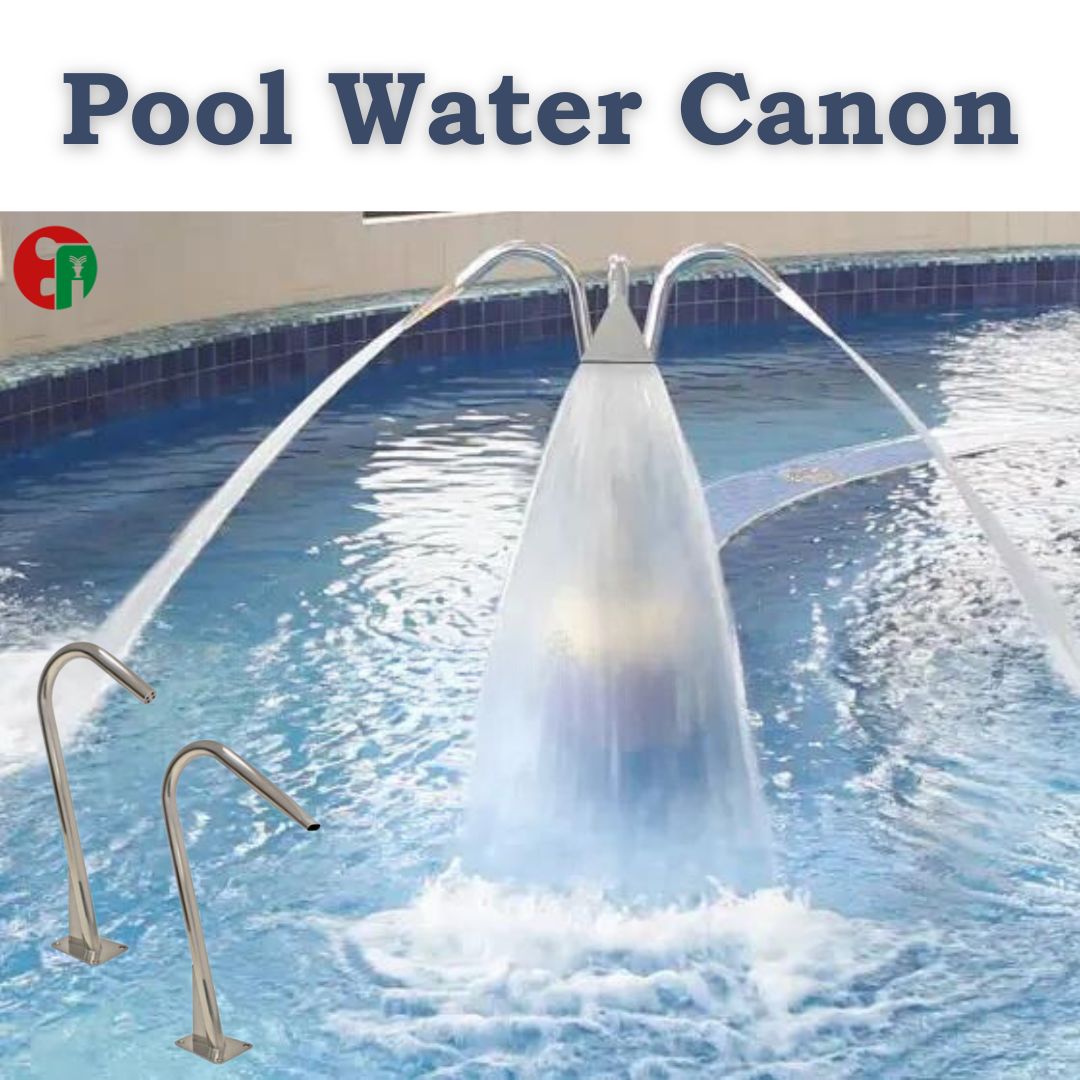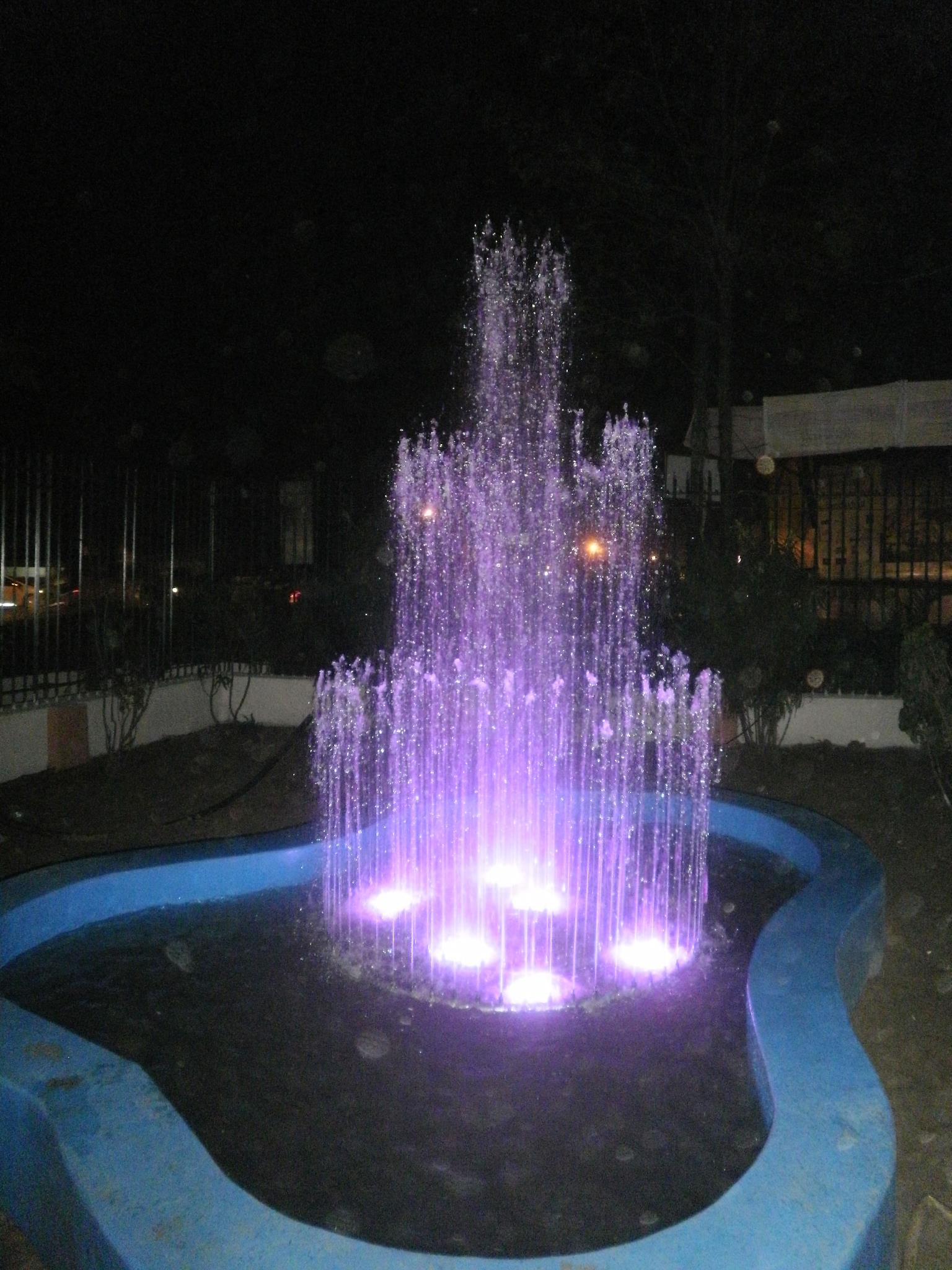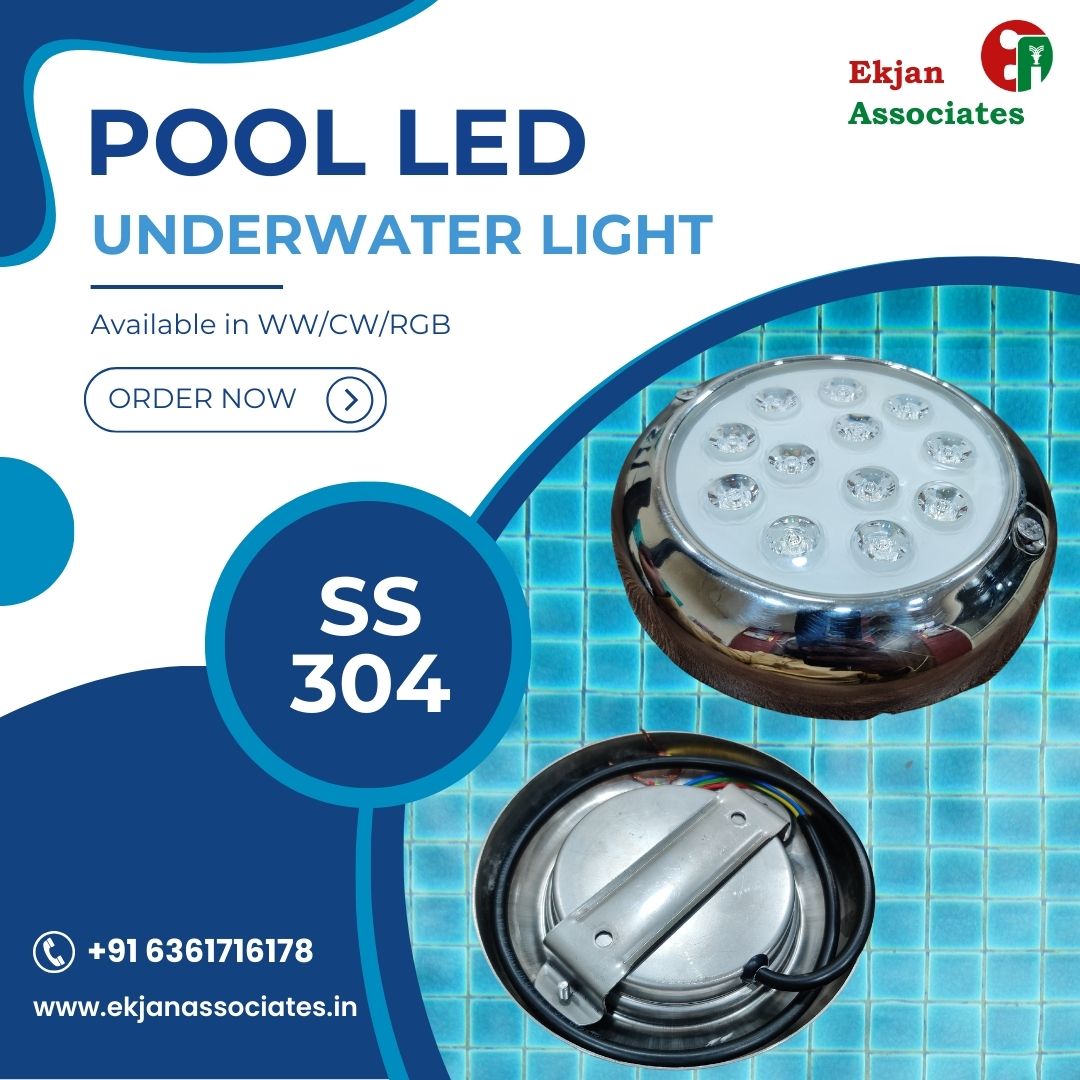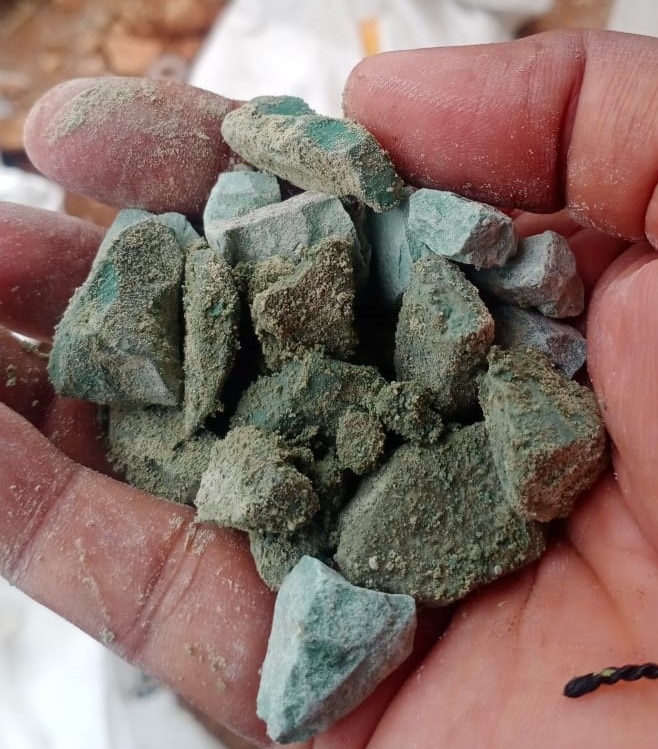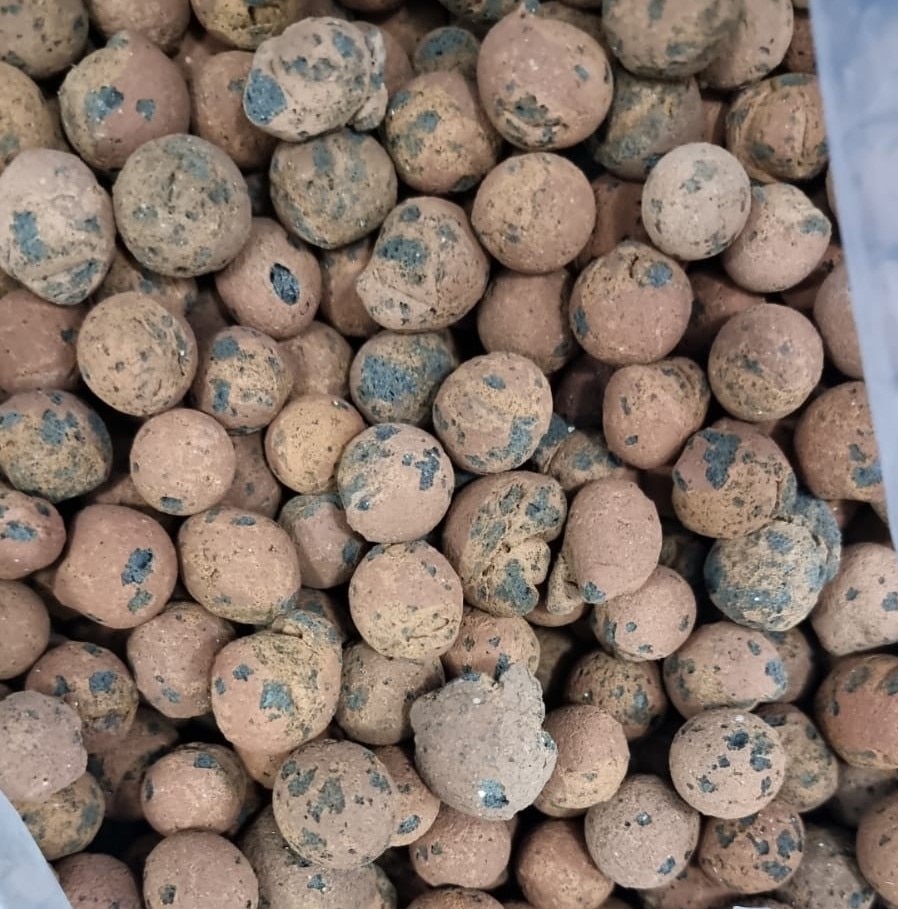Expanded clay aggregate, is a lightweight ceramic shell with honeycomb core produced by firing natural clay to temperatures of 1100-1200°C in a rotating kiln. The pellets are rounded in shape and fall from the kiln in a grade of approximately 0-32 mm with an average dry bulk density of approximately 350 kg/m³. The material is sieved into a number of different grades to suite the application. With the advantage of light weight, High permeability, high durability and excellent sound and thermal insulating properties, expanded clay is a good 'all round' aggregate for use in a variety of applications. It is also an environmentally friendly product composed mostly of naturally occurring clay, is not susceptible to chemical attack, rot or frost and has a long-life span. The lightweight nature of the expanded clay pellet makes it an ideal solution when constructing over weak soil deposits or reducing the load behind old and susceptible structure. The air pockets within the pellet provide excellent thermal resistance when used as underfloor insulation within solid floor construction. Using clay pebbles will help speed up plant growth by providing plenty of aeration to the root zone. They also provide a great support structure to give your plants unparalleled stability. It can also be used as a drainage layer in plant pots for semi-hydroponic potting. If placed above as cover layer, it can provide optimum protection against dehydration. It can also be used to mix with soil in loosening the potting mix to give adequately aeration to plant roots. Expanded clay is the best growing media for your aquaponic system's media bed. It has lots of surface area for helpful bacteria to grow on and is chemically and biologically neutral which is very important for aquaponic systems. Features It is substrate for hydroponics growing it is reusable and eco friendly Serves as good surface area for bacterial growth in Aquaponic systems

